Great Wall of China
The Great Wall of China consists of many walls, many of which run parallel to each other, built over a period of two millennia in northern China and southern Mongolia. For centuries, these kingdoms were concerned with both protection from their immediate neighbours and protection from the threat of invasion or barbarian attack. The Great Wall of China boasts one of the oldest and best preserved structures in the world.
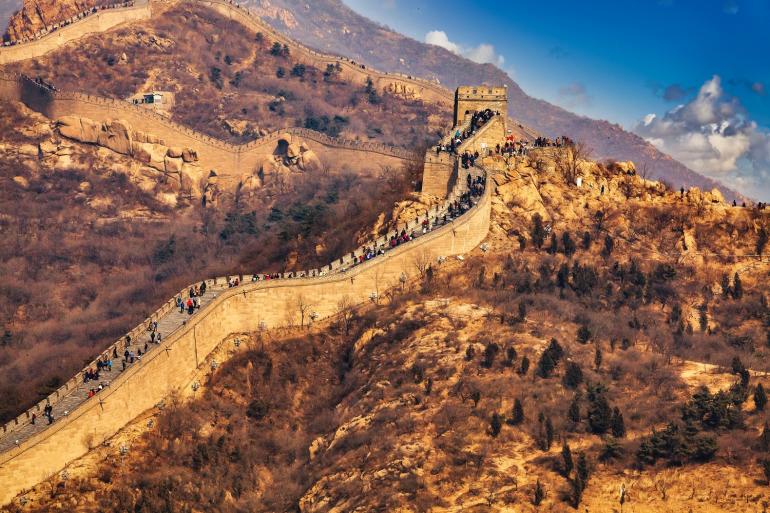
In 1987, UNESCO recognised the Great Wall of China as a World Heritage Site. The Great Wall of China was built more than 2000 years ago to protect the inhabitants of China from invaders. The Great Wall of China was built in the 7th century BC by the first emperor of China, Qin Shi Huang. He ordered that a wall be built to protect his empire from invaders. The wall was then built of earth and stones, and was more than 5,000 kilometres long.
Over the centuries, the Great Wall of China was extended and repaired several times. Although much of the wall is now destroyed or has completely disappeared, it remains one of the most remarkable structures in the world. The largest and best-preserved version of the Wall dates from the Ming Dynasty (1368-1644), and stretches some 8,850 kilometres from east to west: from Mount Hu near Dandong in the southeast, through Liaoning to Jiayu, and west from Jiuquan in northwest China to Gansu. The Great Wall of China is a popular tourist destination and is considered one of the Seven Wonders of the Ancient World. Nowadays, the Great Wall of China is not as important as it used to be, but it is still a symbol of Chinese culture and history. The main reason for building the Great Wall of China was to keep out invaders from the north. The Great Wall of China was also seen as a symbol of the power and influence of the Chinese Empire.
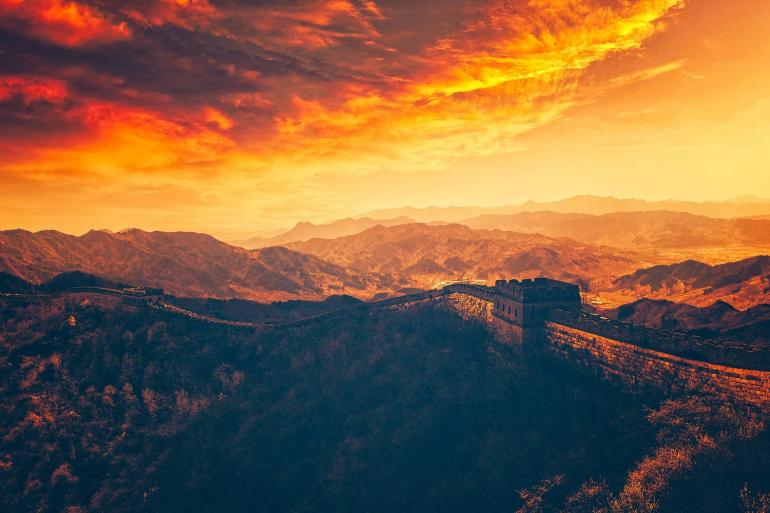
The Great Wall of China also had an important role for the nomads who lived in the region. They used the wall as protection from hostile tribes and as a guide to orientate themselves in the region. The wall also provided them with a place to raise their herds and cultivate their culture. According to the China National Tourism Administration (CNTA), over 16 million tourists visited the Great Wall of China in 2019. There are many myths and legends about the Great Wall of China, the real secret behind the wall is the fact that it is the central symbol of Chinese culture and Chinese history.
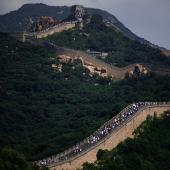
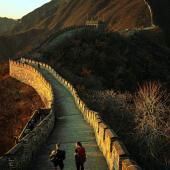
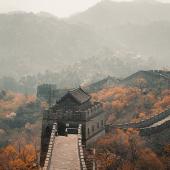
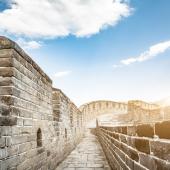
The Great Wall of China and war stories
Since its construction in the 7th century BC, it has survived many wars and conflicts. In 1211 it was conquered by the Mongols, after which it was recaptured by the Chinese in 1234. In 1644, it was conquered by the Qing Dynasty forces. In the 19th century, the Great Wall of China was also attacked several times by the British and the French, but they were unable to conquer it. In 1900, the Great Wall of China was attacked by the Boxer Rebels, but they could not conquer it either. In the 20th century, the Great Wall of China was also attacked several times by the Japanese, but they could not conquer it either. In 1949, the Great Wall of China was conquered by the People's Republic of China and since then it has been a symbol of Chinese national pride.

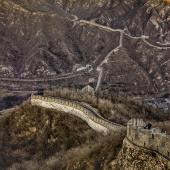
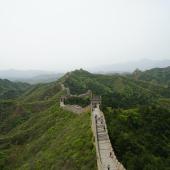
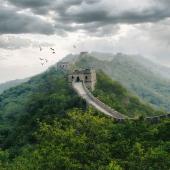
The fortification design of the Great Wall of China
The Great Wall of China was or is on average about ten metres high and four to five metres wide. Passes were important fortresses along the wall, often located at important places such as trade crossroads. Each pass has ramps for horses and ladders for soldiers. The shafts of many passes were lined with huge bricks and stones, covered with earth and rubble. The outer railing was surrounded by battlements, while the inner balustrade had a low wall about 1 metre high to prevent people and horses from falling down from above.
The gate in the passage served not only as an entrance for merchants and other civilians, but also as an exit for the garrisons to attack raiders or to send troops on patrol. Under the arch there is usually a very large wooden double door. Screws and retaining rings are attached to the inner lining of each door. Above each door is a gatehouse, which is both a watchtower and a command post. It is usually one to three storeys high and made of wood or brick and timber.
Behind the most strategic citadel there was always an additional line of defence topped by a tower, often used to protect those behind the wall and to lead troops in battles. There was usually a moat around the entrance to the gate, created by excavating the ground to build fortifications. Outside the gate, where an enemy attack was most likely, a wengcheng, i.e. a semi-circular or polygonal loft, was built to protect the gate from direct attack.
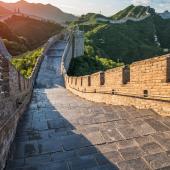
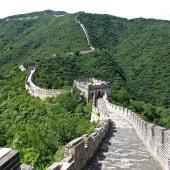
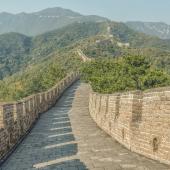
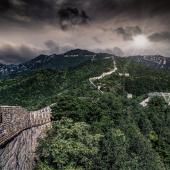
What are the names of significant films about the Great Wall of China?
- The Last Watch on the Great Wall of China (1987)
- The Great Leap West (1959)
- The Great Wall of China (1984)
- The Great Building of the Great Wall of China (2006)
- The Great Wall of China - A Journey Through History (2008)
- The Great Wall of China - A Symbol of Unity (2009)
- The Great Wall of China - A Journey through Time (2011)
- The Great Wall of China - A Symbol of Hope (2013)
- The Great Wall of China - A Journey into the Past (2015)
- The Great Wall of China - A Symbol of Freedom (2017)
Which book titles are significant for the Great Wall of China?
- The Great Wall of China: A story of conquest and resistance
- The Great Wall of China: A Symbol of Power and Resistance
- The Great Wall of China: A monument of history and heritage
- The Great Wall of China: A Symbol of Freedom and Resistance
- The Great Wall of China: A Symbol of Independence and Resistance
- The Great Wall of China: A Symbol of Solidarity and Resistance
- The Great Wall of China: A Symbol of Hope and Resistance
- The Great Wall of China: A Symbol of Friendship and Resistance
- The Great Wall of China: A Symbol of Diversity and Resistance
- The Great Wall of China: A Symbol of Unity and Resistance
Which quotes relate to Great Wall of China?
- "The Great Wall of China is a symbol of the imperishability of man's quest for greatness." - Napoleon Bonaparte
- "The Great Wall of China is a symbol of the immortality of human ingenuity." - Winston Churchill
- "The Great Wall of China is a symbol of the indomitability of human will." - Mao Zedong
- "The Great Wall of China is a symbol of the indomitability of the human spirit." - Confucius
What was the significance of the Great Wall of China for society?
The Great Wall of China had a very important meaning for Chinese society. It served as a kind of natural border to protect the inhabitants from hostile invaders. It was also a symbol of the cohesion and unity of the Chinese people. The Great Wall of China was a symbol of the progress and power of the Chinese state. It was also seen as a symbol of the prosperity and culture of the Chinese people.












